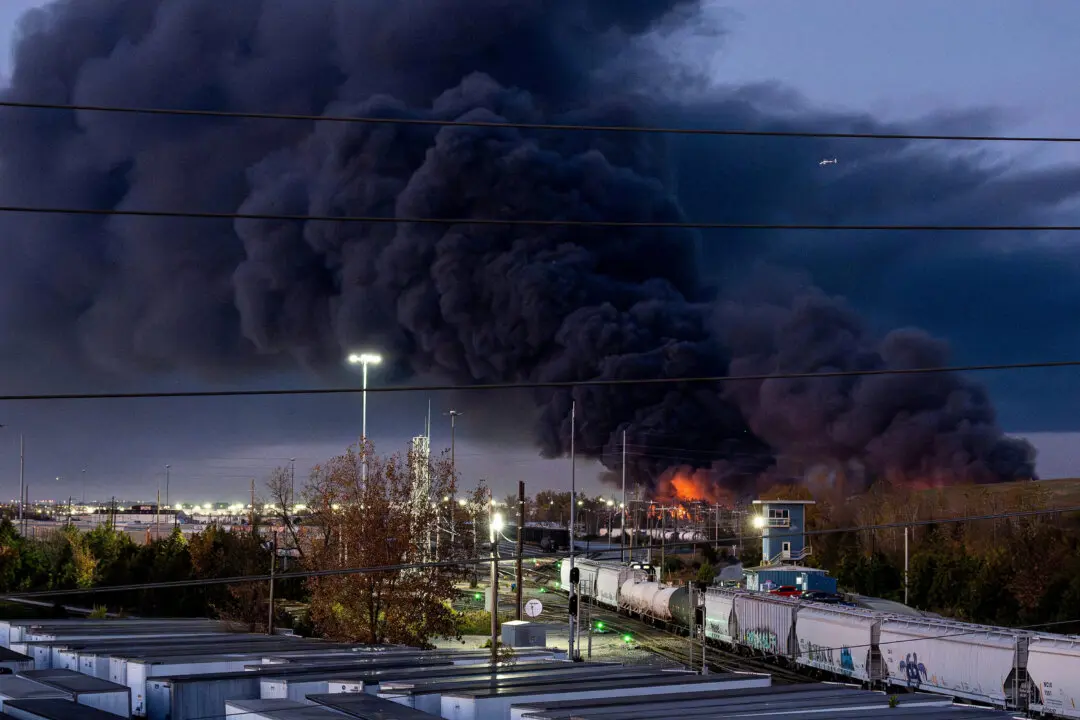MIAMI—An increasingly alarming Hurricane Dorian menaced a corridor of some 10 million people —and put Walt Disney World and President Donald Trump’s Mar-a-Lago resort in the crosshairs—as it steamed toward Florida on Friday with the potential to become the most powerful storm to hit the state’s east coast in nearly 30 years.
Getting scarier with seemingly every update from forecasters, Dorian strengthened into an “extremely dangerous” Category 3 in the afternoon and was expected to become a potentially catastrophic Category 4 with winds of almost 140 mph before blowing ashore late Monday or early Tuesday.





